Trial of Endovascular Therapy for Acute Ischemic Stroke with Large Infarct
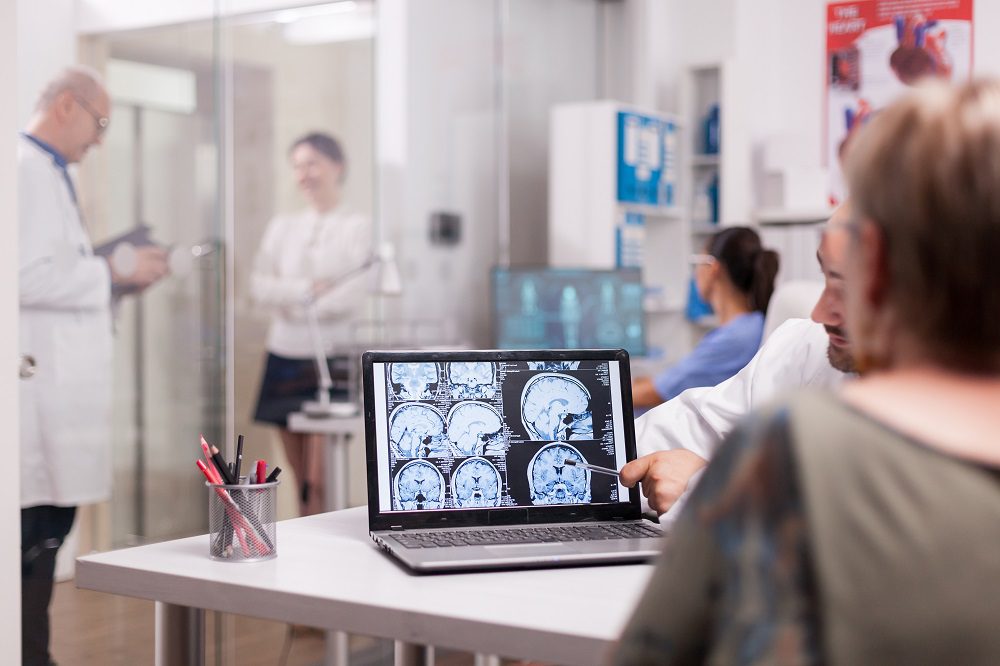

Background The role of endovascular therapy for acute stroke with a large infarction has not been extensively studied in differing populations. Methods Results Conclusion In this trial, patients with large cerebral infarctions had better outcomes with endovascular therapy administered within 24 hours than with medical management alone but had more intracranial hemorrhages.
Evaluating Rates of Recurrent Ischemic Stroke Among Young Adults with Embolic Stroke of Undetermined Source: The Young ESUS Longitudinal Cohort Study
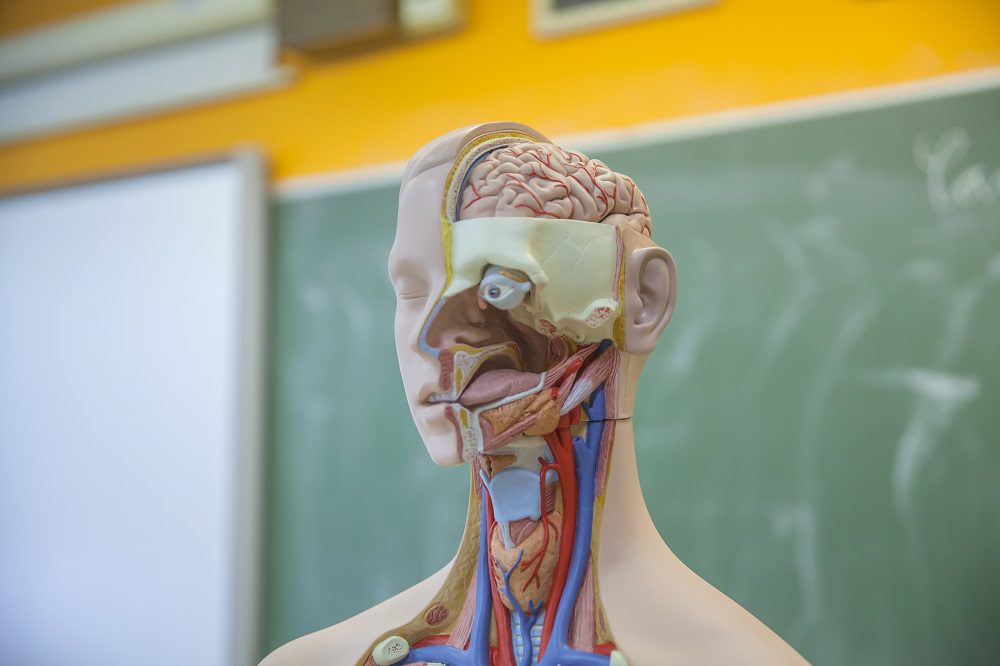

Objective To determine rates of and factors associated with recurrent ischemic stroke and death and new-onset atrial fibrillation (AF) among young adults. Design, setting, and participants Main outcomes and measures Recurrent ischemic stroke and/or death, recurrent ischemic stroke, and prevalence of patent foramen ovale (PFO). Results Conclusions In this large cohort of young adult patients […]
Randomized Double-Blind Placebo-Controlled Trial of the Corticosteroid-Sparing Effects of Immunoglobulin in Myasthenia Gravis
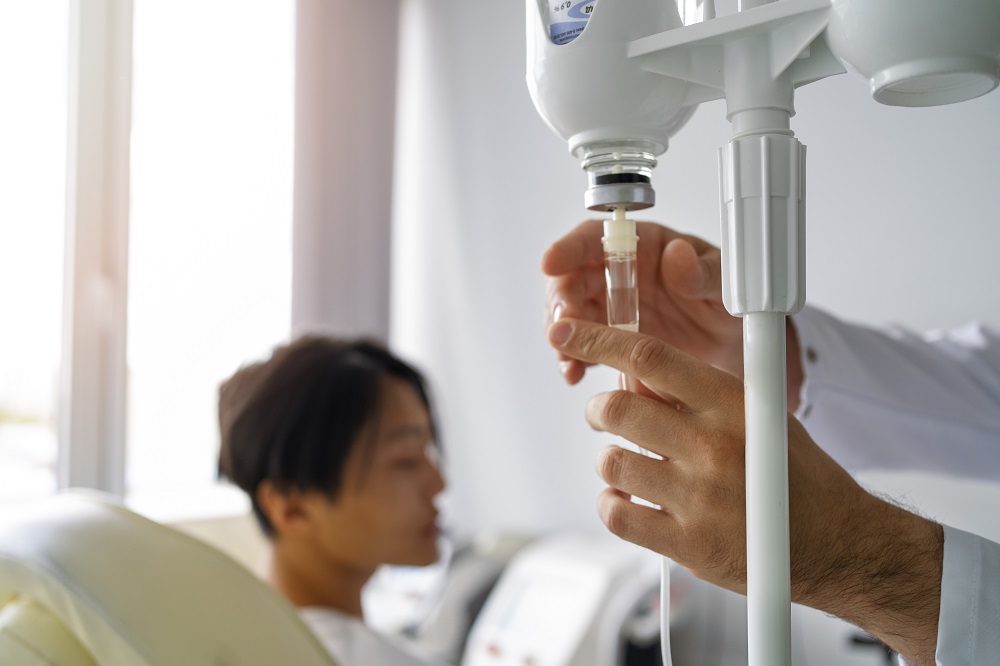

Introduction Myasthenia gravis (MG) is an autoimmune disease characterized by dysfunction at the neuromuscular junction. Treatment frequently includes corticosteroids (CSs) and IV immunoglobulin (IVIG). Treatment of severe MG or exacerbations frequently includes plasma exchange or IV immunoglobulin (IVIG). Plasma exchange was shown to improve muscle strength in patients with MG. Treatment with IVIG was found to produce […]
Inflammation and autoimmune myasthenia gravis


Myasthenia gravis (MG) is a neuromuscular autoimmune disorder characterized by chronic but intermittent fatigue of the eye- and general body muscles. Muscle weakness is caused primarily by the binding of an autoantibody to the acetylcholine receptors, resulting in blockage of normal neuromuscular signal transmission. Inflammation has long been regarded as an important contributing factor for […]
A New Technique for Continent Urinary Diversion: Initial Experience and Description of the Technique
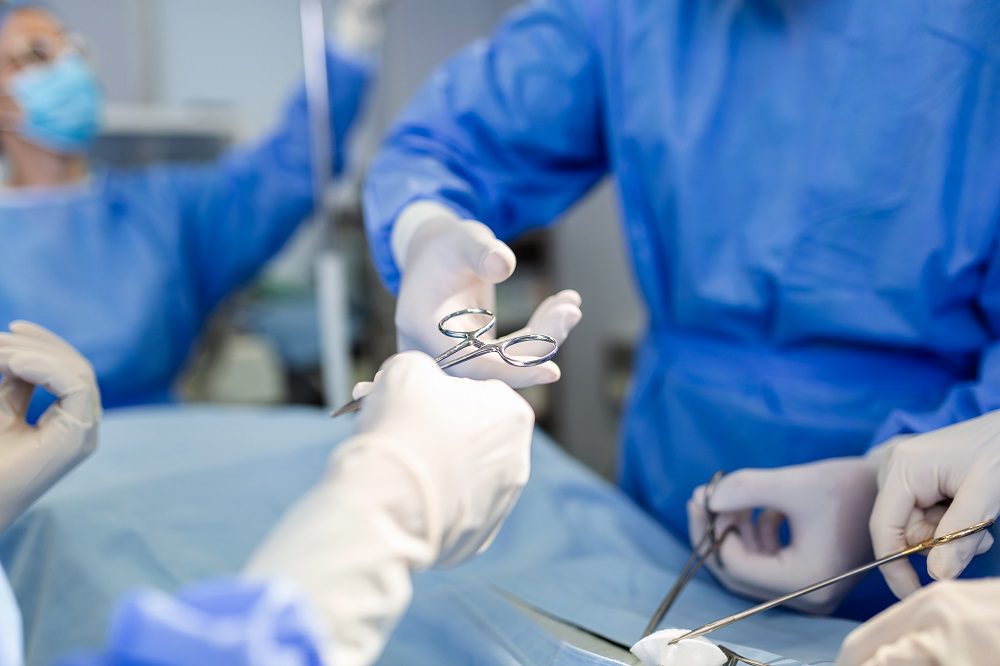

Orthotopic neobladder is a well-established surgical solution for continent urinary diversion after radical cystectomy. Nevertheless, it still represents a challenging surgery. Some critical issues of orthotopic bladder sub- stitution include relevant complication rates, renal function impairment, urinary incontinence and patient quality of life. A new ileal neobladder technique, Vesuvian Orthotopic Neobladder (VON), performed for the first time in 2020. To simplify and speed up the reservoir reconstruction through ten standardized technical steps and obtain an appropriate bladder capacity at the same time.
Open Treatments for Thoracoabdominal Aortic Aneurysm Repair
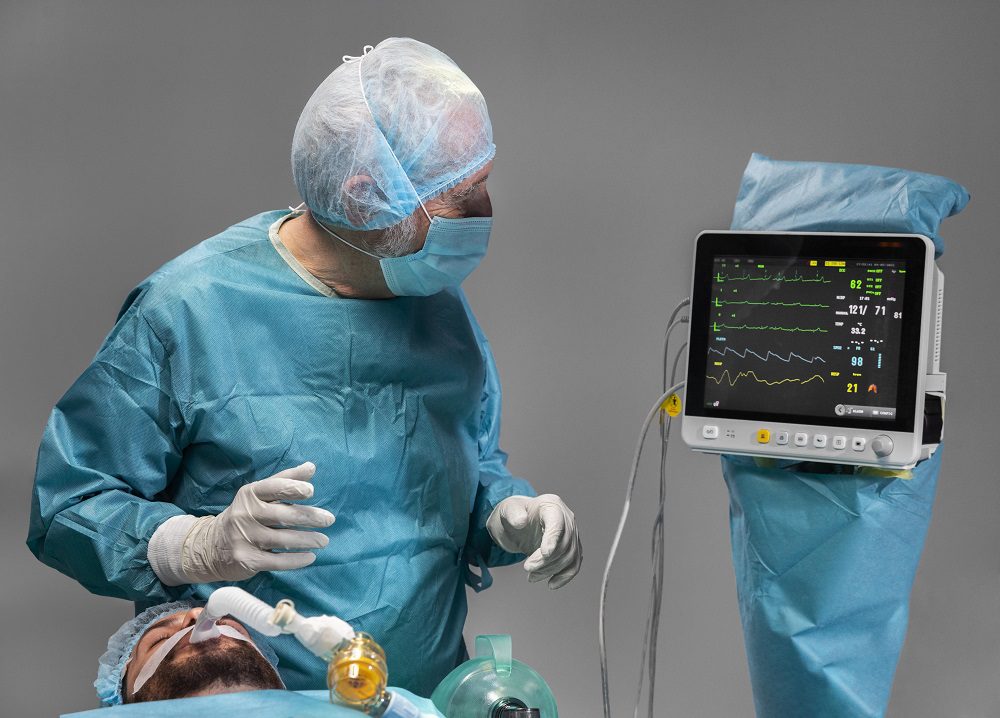

Thoracoabdominal aortic aneurysms (TAAA) represent a unique pathology that is associated with considerable mortality if untreated. While the advent of endovascular technologies has introduced new modalities for consideration, the mainstay of TAAA treatment remains open surgical repair. However, the optimal conduct of open TAAA repair requires careful consideration of patient risk factors and a collaborative team effort to mitigate the risk of perioperative complications. In this article preoperative preparation and operative techniques for open TAAA repair is described. Patients with severe chronic obstructive pulmonary disease, as suggested by a forced expiratory volume in 1 second of less than 0.8 L/min and a partial pressure of carbon dioxide greater than 45 mm Hg, should be evaluated by a pulmonologist and receive bronchodilators as well as pulmonary rehabilitation before repair.
